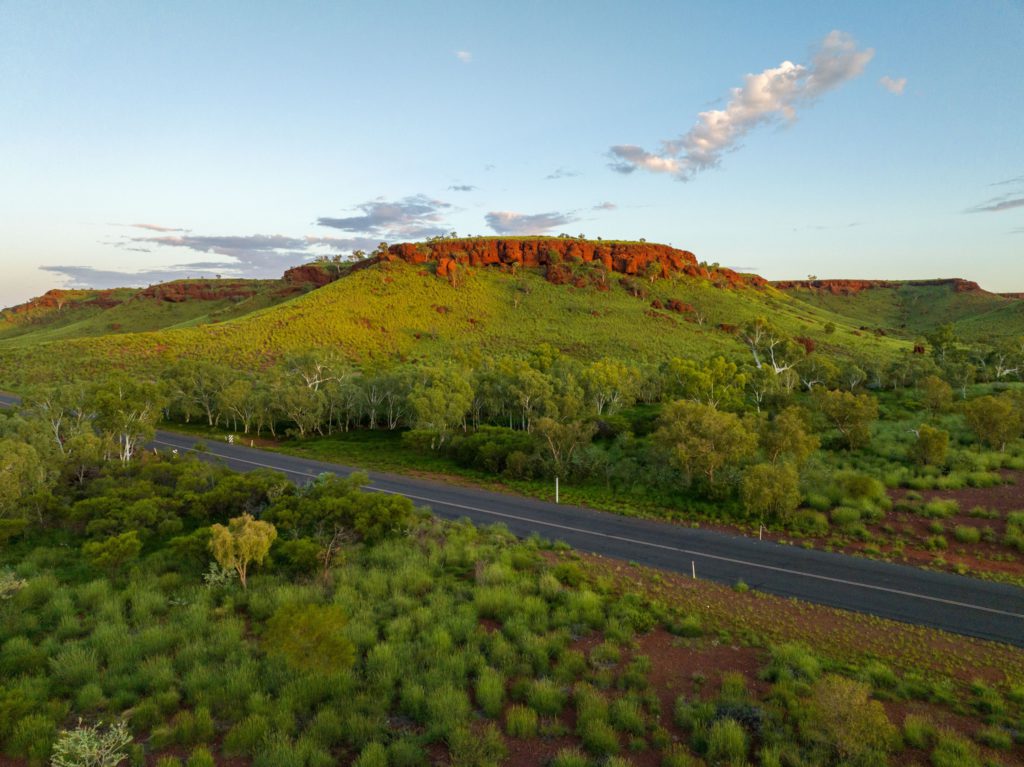Reuters | February 7, 2024 |

Rio Tinto’s Robe Valley operations. Credit: Rio Tinto via Facebook
An Aboriginal group from Western Australia’s iron ore producing region will inspect an important cultural site in the coming days after it received a notice from Rio Tinto of possible damage, the group’s chief executive said.

Rio’s destruction of rock shelters at Juukan Gorge in 2020 prompted a global outcry, the departure of top executives and a parliamentary enquiry that recommended an overhaul of Australia’s Aboriginal heritage protection laws.
“The Robe River Kuruma Aboriginal Corporation was advised by Rio Tinto in late December of the potential impact on a rock shelter at the Mesa C Robe Valley operations,” Anthony Galante, chief executive officer of Robe River Kuruma Aboriginal Corporation (RRKAC) told Reuters.
“This related to potential vibration exceedances from blasting in the area and is of serious and ongoing concern to us,” he said in an emailed statement late on Wednesday.
Rio Tinto has advised the group that a preliminary investigation found no damage to the shelter but it has not performed an on-ground inspection due to cultural restrictions, RRKAC said. Rio Tinto did not immediately respond to requests for comment.
Last August, Rio Tinto said a blast impact had led to the fall of a Pilbara scrub tree and one square metre of rock from the overhang of a separate rock shelter estimated to have been inhabited for over 40,000 years.
Muntulgura Guruma elders walked off a heritage survey at the Nammuldi site over concerns the global miner had played down the harm it caused them.
Given that history, the RRKAC has “grave concerns” about Rio Tinto’s ability to protect Aboriginal cultural heritage, Galante said.
“Members of the RRKAC will therefore be travelling to the area in coming days to carry out their own investigation.”
Rio said last August it had reformed its practices since Juukan Gorge, adding the detection of the potential blast impact at the Nammuldi site was the first time in 1,800 blasts that it had detected such a disturbance.
(By Melanie Burton; Editing by Lincoln Feast)
No comments:
Post a Comment